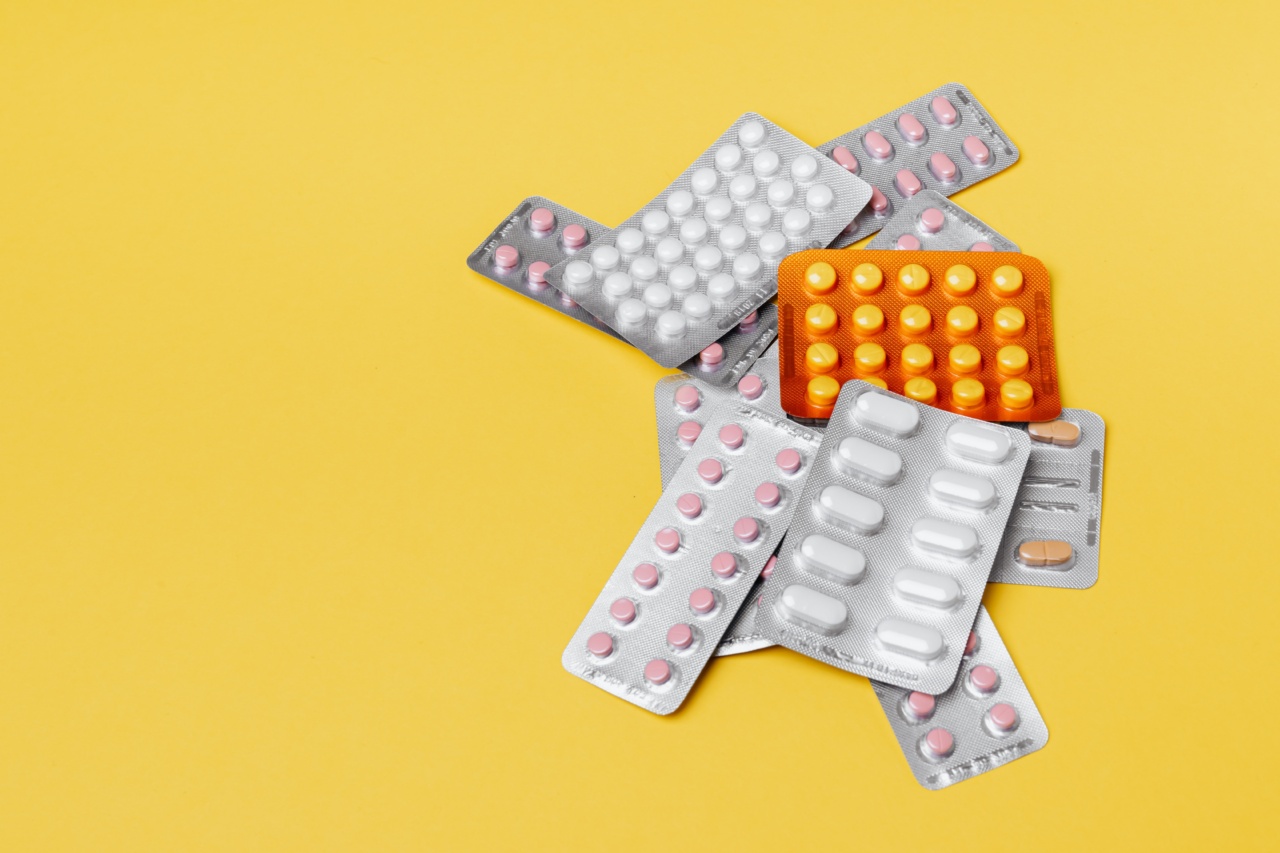Menstrual cramps, also known as dysmenorrhea, are a common phenomenon that affects many women during their menstrual cycle. These painful sensations can range from mild to severe and can greatly impact a woman’s overall well-being.
In this comprehensive guide, we will explore various methods and techniques recommended by doctors to alleviate menstrual cramps and provide much-needed relief.
Understanding Menstrual Cramps
Menstrual cramps occur due to the contraction of the uterus as it sheds its lining. These contractions are triggered by hormone-like substances called prostaglandins, which are responsible for the inflammation and pain associated with menstruation.
While some women experience mild discomfort, others may encounter debilitating pain that interferes with their daily activities.
The Role of Diet and Nutrition
The food we consume can influence our menstrual cycle and the severity of cramps. A healthy, balanced diet can help alleviate symptoms. Here are some dietary tips to reduce menstrual cramps:.
1. Increase Your Intake of Omega-3 Fatty Acids
Omega-3 fatty acids possess anti-inflammatory properties that can reduce the production of prostaglandins. Incorporate foods such as fatty fish, flaxseeds, chia seeds, and walnuts into your diet.
2. Consume Foods Rich in Calcium and Magnesium
Calcium and magnesium have been shown to reduce muscle contractions and promote relaxation. Include sources like leafy greens, dairy products, nuts, and seeds in your meals.
3. Avoid Foods that Trigger Inflammation
Some foods can exacerbate inflammation and lead to increased menstrual pain. Examples include processed foods, refined sugars, caffeine, and alcohol. Limiting their consumption may provide relief.
Exercise and Physical Activity
Regular physical activity can do wonders for menstrual cramp relief. Engaging in exercises helps release endorphins, our body’s natural painkillers. Additionally, exercise improves blood circulation, which can reduce cramp severity.
Here are some workouts to consider:.
1. Cardiovascular Exercises
Activities like jogging, swimming, or cycling increase blood flow and release endorphins. Aim for at least 30 minutes of moderate-intensity cardiovascular exercise most days of the week.
2. Yoga and Stretching
Practicing yoga or performing targeted stretches can help loosen tight muscles and reduce cramp intensity. Focus on poses that specifically target the pelvic area and lower back.
3. Pelvic Floor Exercises
Strengthening the pelvic floor muscles through exercises like Kegels can provide relief from menstrual cramps. These exercises involve contracting and relaxing the muscles in your pelvic area.
Alternative Therapies for Relief
Several alternative therapies have gained popularity for their potential to alleviate menstrual cramps. While scientific evidence may vary, some women report significant relief with these methods:.
1. Acupuncture
Acupuncture, an ancient Chinese practice, involves inserting thin needles into specific points on the body. This technique is thought to stimulate nerves and increase blood flow, potentially reducing cramp severity.
2. Heat Therapy
Applying heat to the lower abdomen can provide instant relief from menstrual cramps. Use a heating pad, hot water bottle, or take a warm bath to relax the muscles and alleviate pain.
3. Herbal Supplements
Herbs like chamomile, ginger, and cinnamon have natural anti-inflammatory properties. Consuming them as teas, capsules, or adding them to your meals may help reduce cramp intensity.
Over-the-Counter Medications
In cases where natural remedies aren’t sufficient to manage menstrual cramps, over-the-counter pain medications can be considered.
Nonsteroidal anti-inflammatory drugs (NSAIDs) like ibuprofen are commonly used as they reduce inflammation and alleviate pain. However, it’s essential to consult with a healthcare professional before using any medication.
When to Seek Medical Advice
If your menstrual cramps are severe, disrupt your daily activities, or if you experience unusual symptoms such as heavy bleeding or severe mood swings, it’s crucial to seek medical advice.
Your healthcare provider can determine if an underlying condition may be causing your intense menstrual pain and provide appropriate treatment.
Tracking and Prevention
Tracking your menstrual cycle can help identify patterns and potential triggers for your cramps. Several apps and websites are available to assist in tracking your symptoms, allowing you to anticipate discomfort and take preventative measures.
Additionally, hormonal birth control methods like the contraceptive pill, patch, or intrauterine devices (IUDs) can help regulate your menstrual cycle and reduce cramp severity.
Self-Care and Relaxation Techniques
Finally, incorporating self-care practices and relaxation techniques into your routine can significantly alleviate menstrual cramps and promote overall well-being. Consider the following:.
1. Adequate Rest
Allow yourself ample time to rest and recharge during your menstrual cycle. Prioritize sleep and incorporate relaxation techniques like deep breathing or meditation.
2. Stress Management
High stress levels can exacerbate menstrual cramps. Explore stress management techniques such as mindfulness, yoga, or engaging in activities you enjoy to reduce stress and enhance relaxation.
3. Warm Baths and Massages
Indulge in warm baths infused with Epsom salts or essential oils known for their calming properties. Additionally, gentle massages can help relieve muscle tension and reduce cramp severity.
In Conclusion
Menstrual cramps can be distressing, but there are numerous strategies to provide relief.
By implementing dietary changes, engaging in regular exercise, considering alternative therapies, and practicing self-care, women can experience decreased pain during their periods. Remember to consult with a healthcare professional for personalized advice and guidance.



























